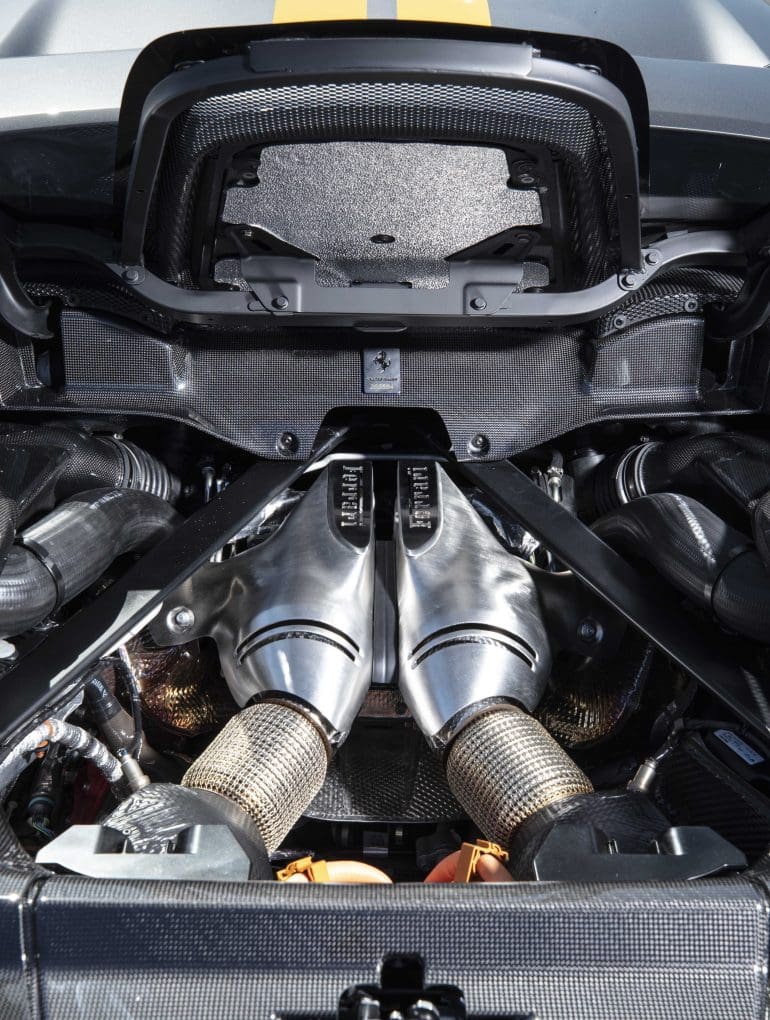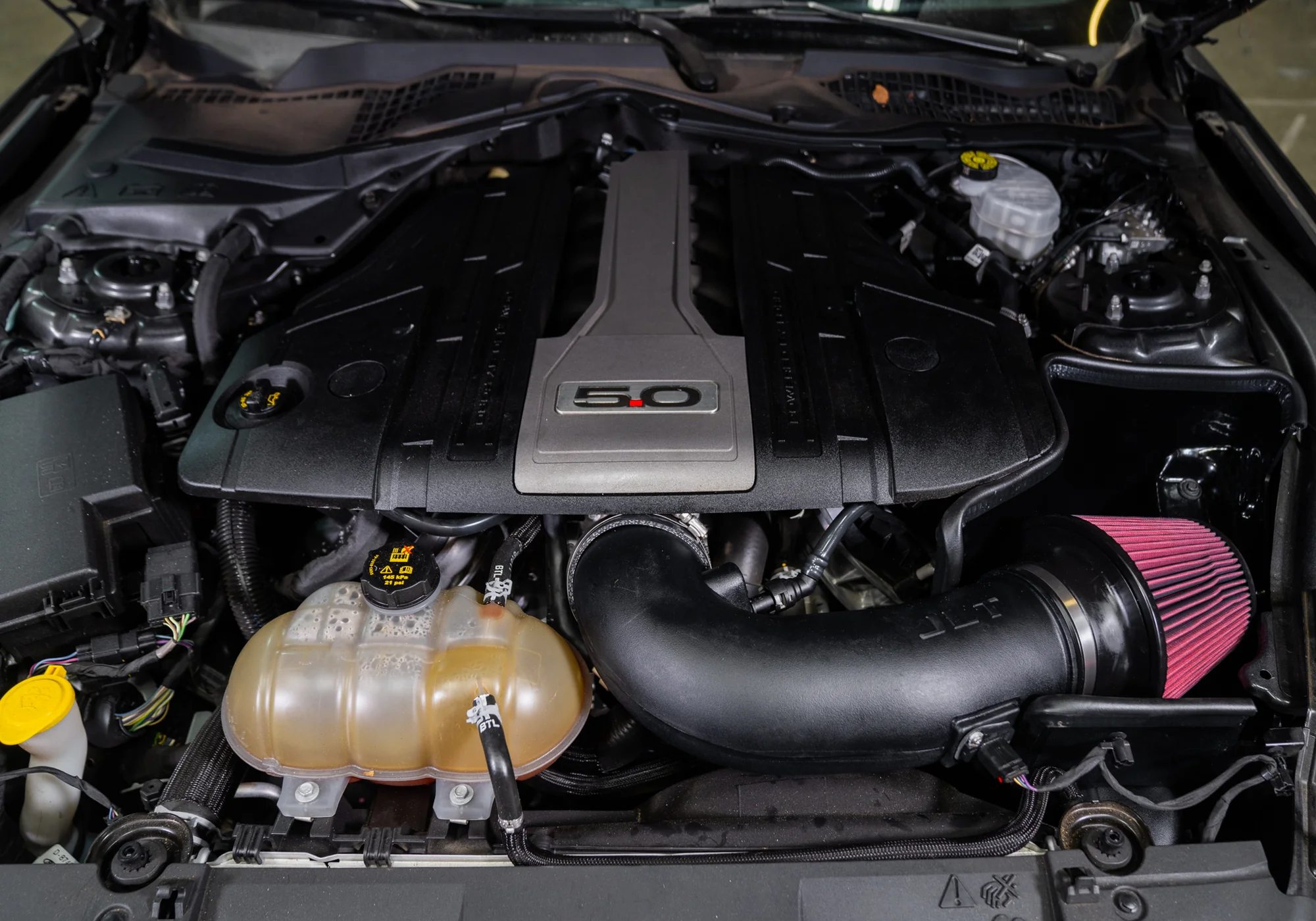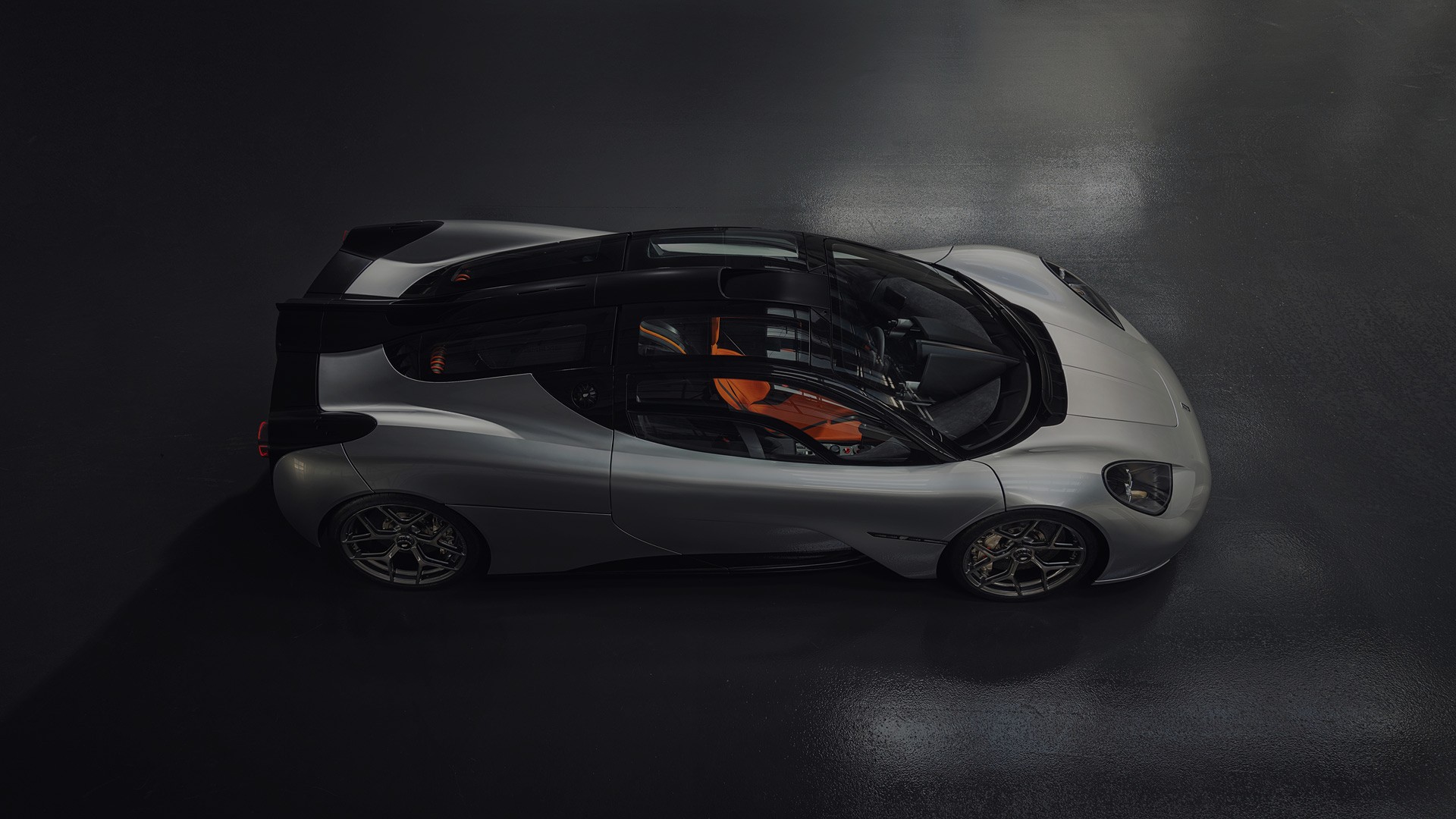If you drive something like a 911 Turbo, a Huracán, or a McLaren, you’ve probably thought about tweaking it. Not because it’s slow (far from it), but because that itch to personalize, improve, and push the limits never really goes away. You start reading about ECU remaps, airflow mods, or deleting emissions stuff to unlock even more performance. Sounds fun, right?
Thing is, what works on the track doesn’t always work or belong on the street. Some mods can make your car better. Others? They’ll get you flagged, fined, or worse. We break down a few of the most popular tuning tricks and where they make sense (and where they definitely don’t).
ECU Tuning: Big Power, Bigger Responsibility
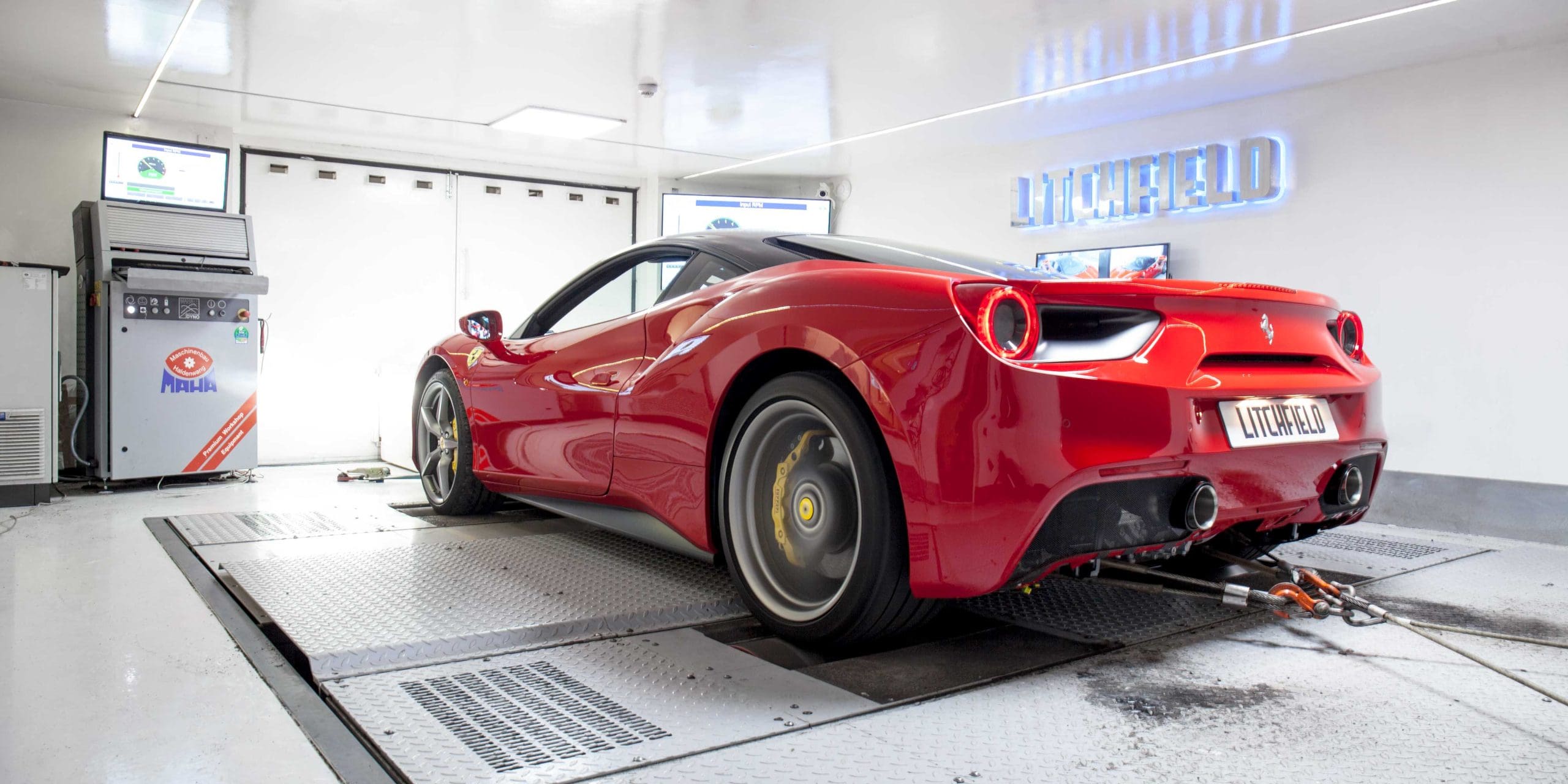
Reflashing your car’s ECU is probably the most popular way to add power without changing any physical parts. Just plug in a laptop, tweak a few maps, and boom, you’re making more horsepower. It’s especially tempting on turbocharged cars like the R8, 911 Turbo, or even a base 720S. A simple tune can unlock 80 to 100 extra horses with no bolt-ons.
But here’s the part most people gloss over: you’re also messing with the car’s brain. Factory ECUs are set up for a reason: to keep your engine reliable, emissions legal, and drivable in all sorts of conditions. A bad tune can kill that balance. Some people end up with weird throttle behavior, rough idles, or even blown engines.
And then there’s the legal side. In several states, anything that alters emissions systems, even just the software, is a no-go unless it’s CARB-certified. Fail a smog check or inspection, and you’ll be scrambling to put the stock tune back in.
Bottom line? ECU tuning can be worth it. But only if you go with a reputable tuner who understands your specific car and goals. And be honest with yourself; are you building a race car or a daily driver?
Intake Mods and Airflow: Letting Your Engine Breathe
One of the easiest ways to feel a difference in your car’s performance is by upgrading the intake. Cold air kits, larger filters, and performance MAF housings—they all help your engine breathe a bit better. That means quicker throttle response, and in some cases, a few extra horsepower.
This stuff tends to be popular on cars like the AMG GT, older Ferraris, and naturally aspirated Lambos. The sound alone, especially at full throttle, can make it feel like you gained more than you actually did.
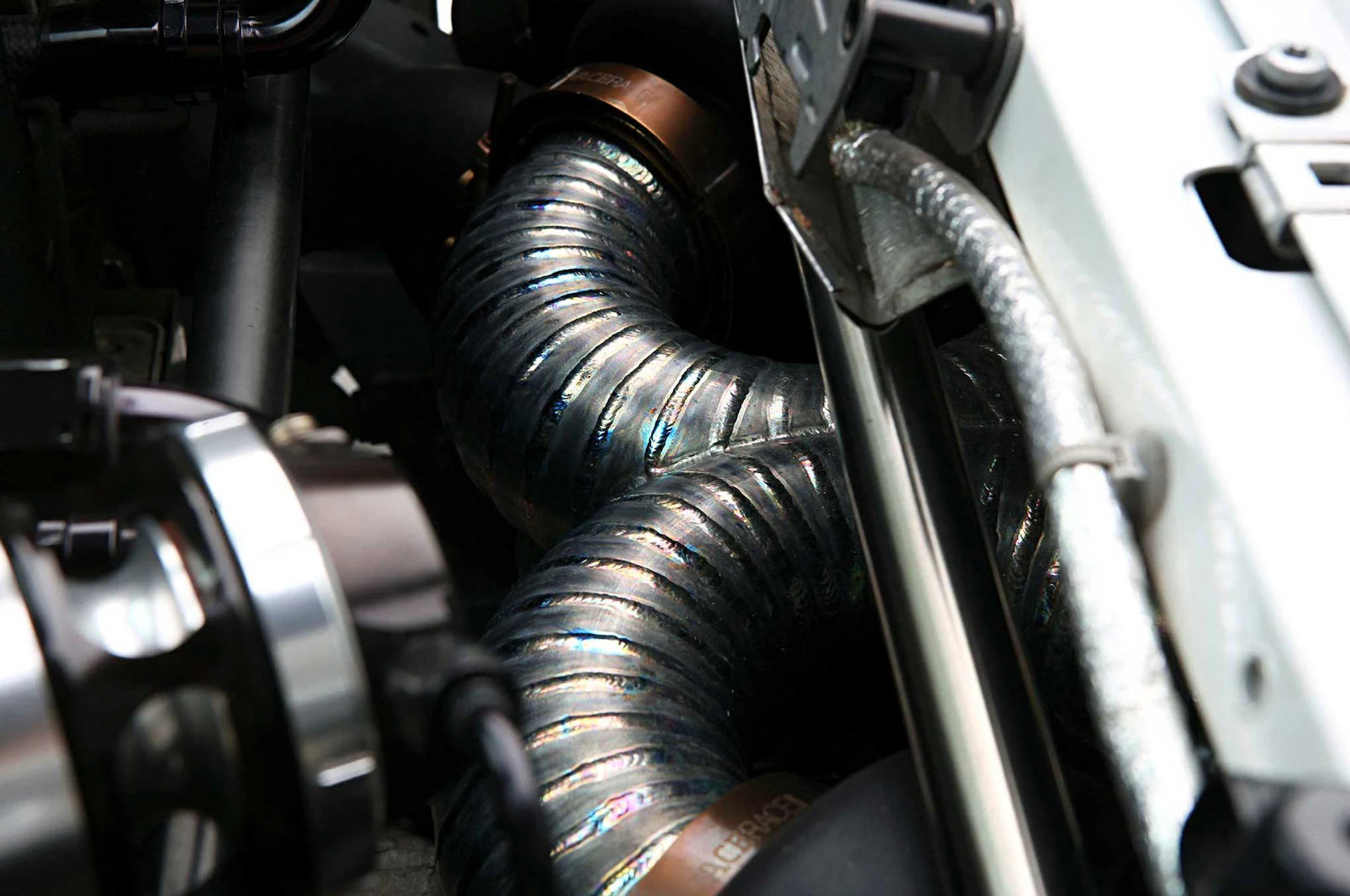
But like with ECU mods, there are some catches. First, don’t expect huge gains from just a filter swap. On modern supercars, the stock intakes are already pretty efficient. Unless you’re tuning the ECU at the same time, you might not see any power increase at all.
Second, legal stuff again. Some aftermarket intakes ditch emissions-related components like air sensors or PCV connections. That’s a red flag during inspections. If you’re shopping for parts, make sure they’re labeled as street-legal in your state. “For off-road use only” isn’t just a suggestion.
EGR Deletes and Emissions Mods: Only If You Know What You’re Doing

This is where things start to get into serious track-only territory. If you’ve been reading tuning forums or watching dyno videos, you’ve probably seen people talking about EGR deletes. That’s short for Exhaust Gas Recirculation, a system that sends a bit of exhaust gas back into the intake to reduce emissions. It lowers combustion temperatures and cuts down on NOx gases.
The downside? On turbocharged engines especially, EGR systems can gunk up your intake manifold over time and mess with airflow. That’s why some race-focused builds, such as tuned diesel trucks or even turbocharged Audi models with diesel engines, use EGR delete kits to clean up the intake path and improve turbo efficiency. The results can be impressive on track builds: better throttle response, more consistent boost, and less carbon buildup.
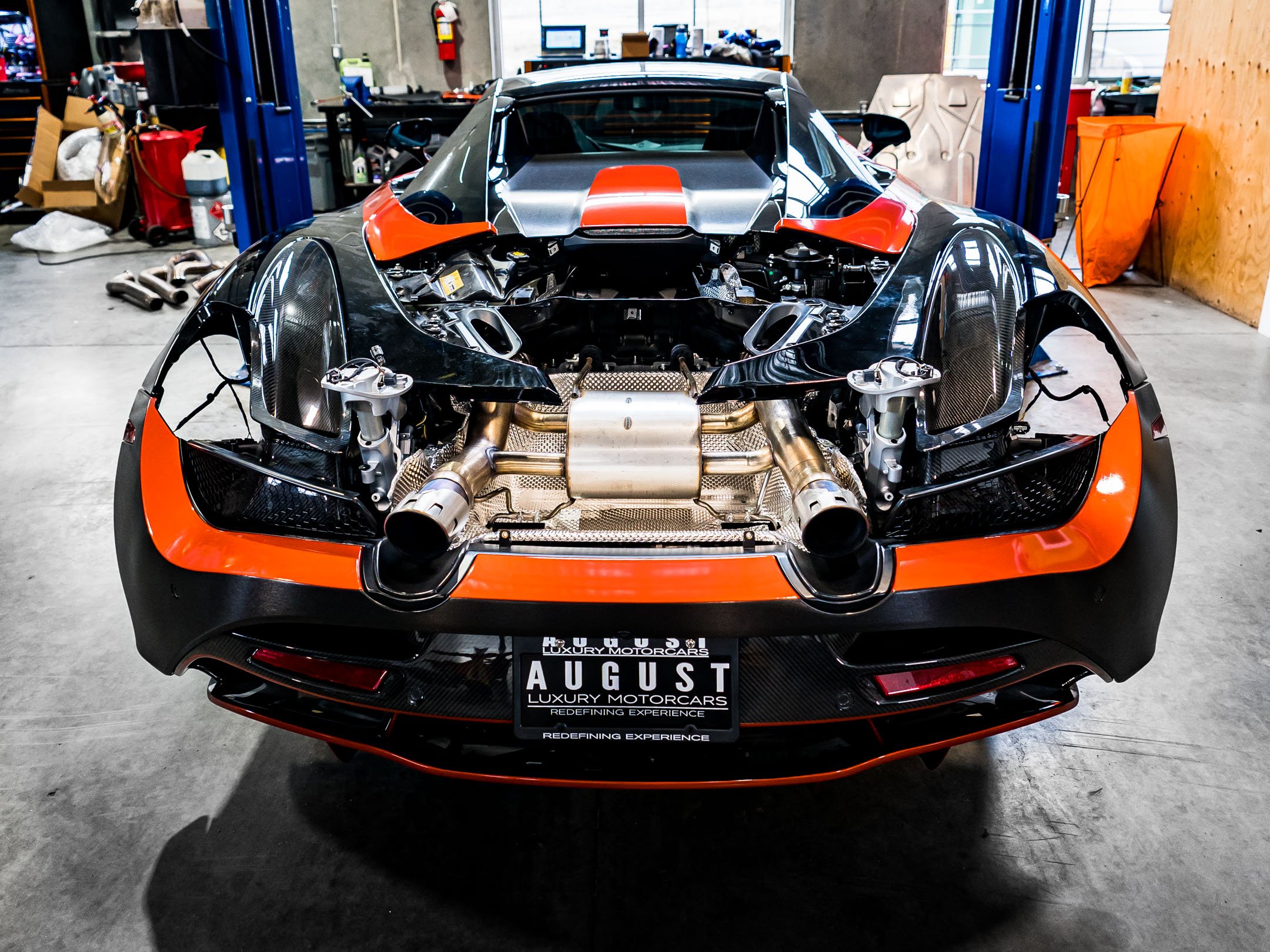
But honestly, if your car sees any street use, deleting emissions systems is a legal minefield. It’s not just a fine. In some areas, you could be denied registration or fail your next inspection just for having tampered hardware. And on some supercars, the ECU will throw a fit with check engine lights, limp mode, and all that fun stuff. Unless your car lives at the track, emissions deletes usually aren’t worth the headache.
Think Before You Tweak
It’s easy to get caught up in the excitement of tuning. The forums are full of dyno charts and videos of 800-horsepower builds making quarter-mile runs. But the truth is, not all mods are made for real-world roads. Whether you’re flashing the ECU, swapping an intake, or considering an EGR delete kit, it pays to do your research and be honest about what kind of car you really want, or you’ll end up with a non-street legal supercar.
Track mods can make your car feel wild, raw, and ridiculously fast. But street cars need to stay reliable, legal, and livable. If you can strike that balance, you’ll have the best of both worlds: a car that makes you grin every time you drive it, without worrying about what’s under the hood when it’s time for inspection.


